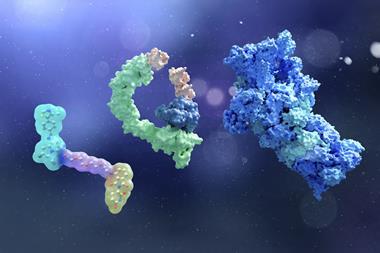Chemical space is unimaginably vast: the number of potential organic molecules that could exist is estimated to be more than 1060. Creating and testing physical samples in the lab is rarely an efficient way to explore all the potential solutions.
This webinar will introduce techniques used by chemists to predict the properties of ’future’ molecules in drug discovery and other applications. This enables them to guide design towards the best compound or material for an unmet need, such as a therapeutic target or a gap in the market for a consumer product.
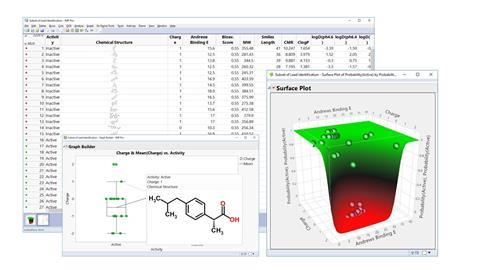
By attending this webinar you will:
- See how chemists use computational and data-driven methods to most efficiently explore possibilities.
- Gain an introduction to Design of Experiments, data visualisation, modelling and machine learning.
- See how JMP software enables chemists to harness these methods to develop the best products, faster.

JMP has been a part of SAS since the first version of JMP statistical discovery software was launched in 1989, bringing interactive data visualization and analysis to the desktop. SAS is the leader in business analytics software and services, and the largest independent vendor in the business intelligence market. Through innovative solutions, SAS helps customers at more than 60,000 sites improve performance and deliver value by making better decisions faster. Since 1976 SAS has been giving customers around the world THE POWER TO KNOW®.
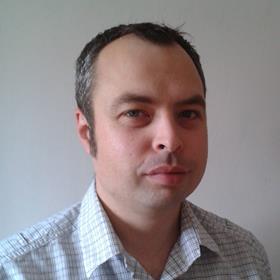
Speaker: Graeme Robb, Associate principal scientist, computational chemistry at AstraZeneca
Graeme is an Associate Principal Scientist at AstraZeneca, where he has worked for the last 15 years as a computational chemist. He currently works within the Innovative Medicines drug discovery unit, in the pursuit of drugs to fight cancer. His role involves using 3D molecular structure of drugs and their target proteins to simulate these systems and design better, drug-like molecules. Drug discovery generates a lot of data both in terms of measurement and chemical structure information. Graeme has been a key player in establishing numerical and statistical learning methods for modelling and predicting the properties of molecules using their structural features. He holds a Ph.D. and a Masters degree in chemistry from the University of Edinburgh.
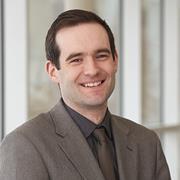
Speaker: Phil Kay, senior systems engineer at SAS JMP
Phil Kay is a Statistical Consultant for JMP. Previously, Phil was a key scientist in the development of numerous processes for the manufacture of colorants for digital printing at FujiFilm Imaging Colorants. Phil has a master’s degree and a PhD in chemistry from The University of Edinburgh and is a Chartered Chemist.
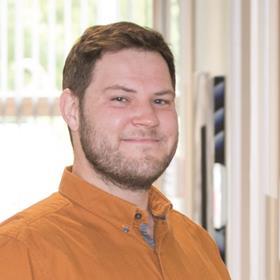
Moderator: Benjamin Valsler, Digital editor, Chemistry World magazine
Ben is the digital editor of Chemistry World magazine, producing video and podcasts to accompany the magazine and website. Prior to joining the Royal Society of Chemistry, he was the producer of the award-winning Naked Scientists, making local and national radio programmes for the BBC, the Australian Broadcasting Corporation and Primedia in South Africa.




















